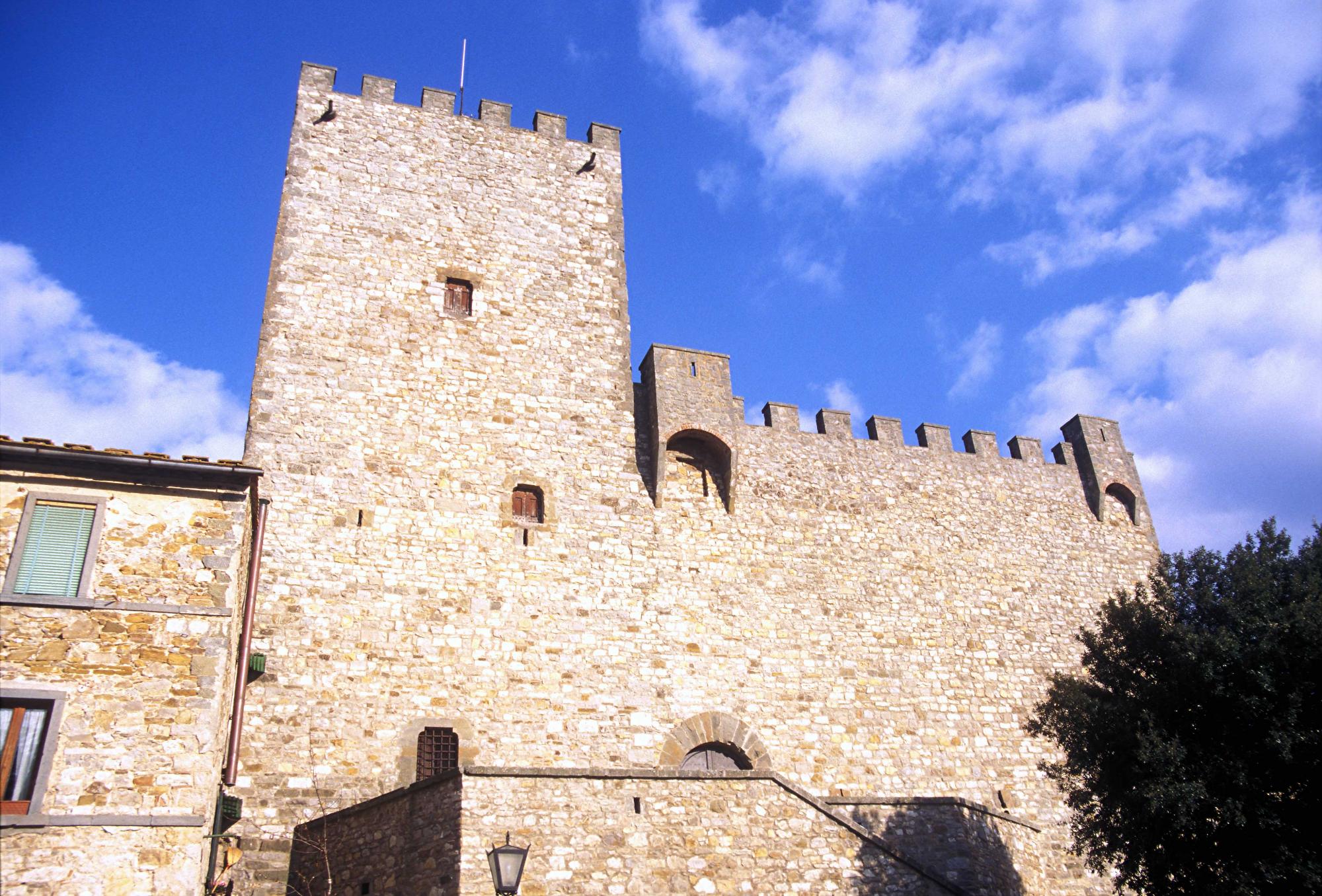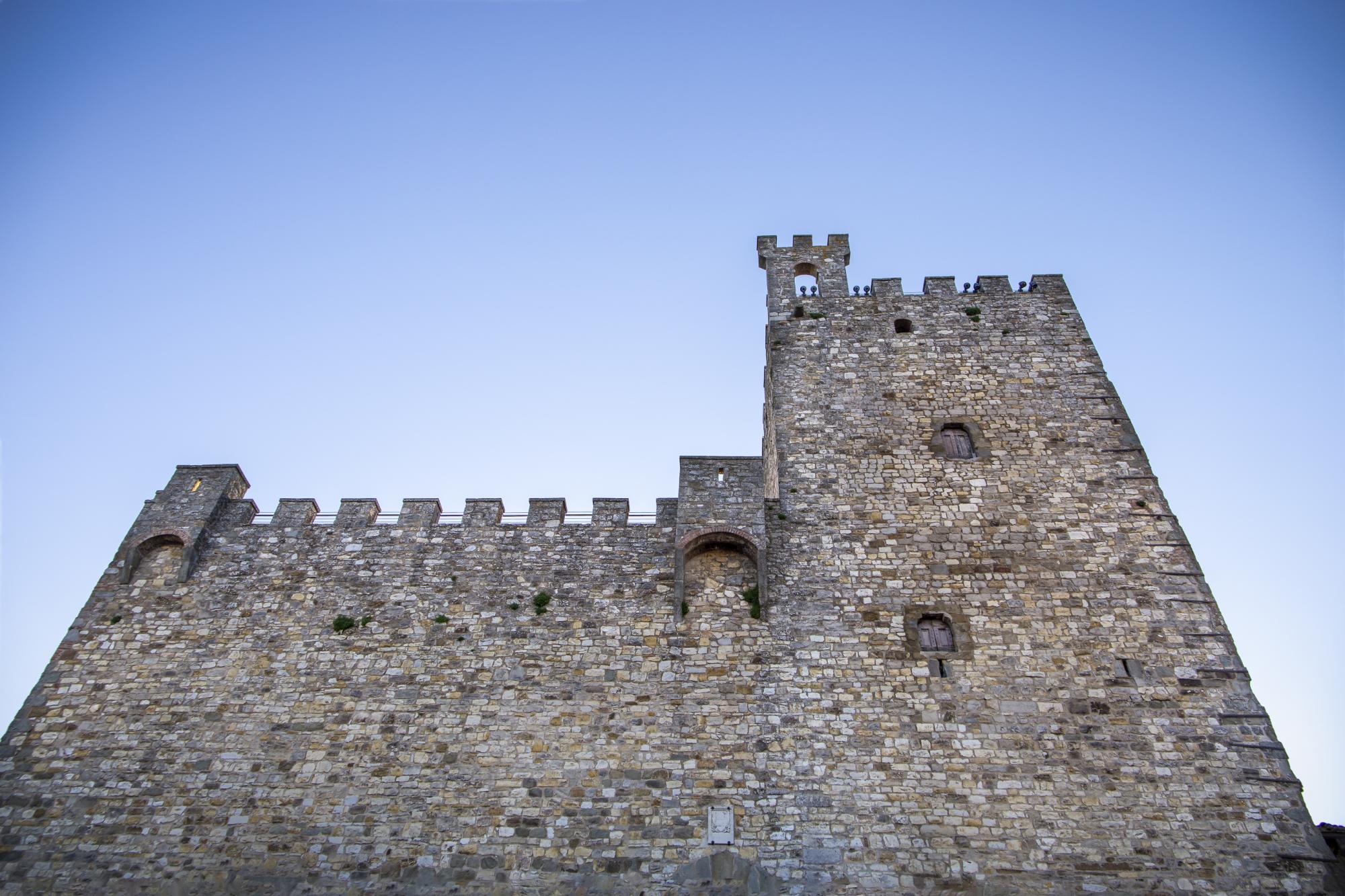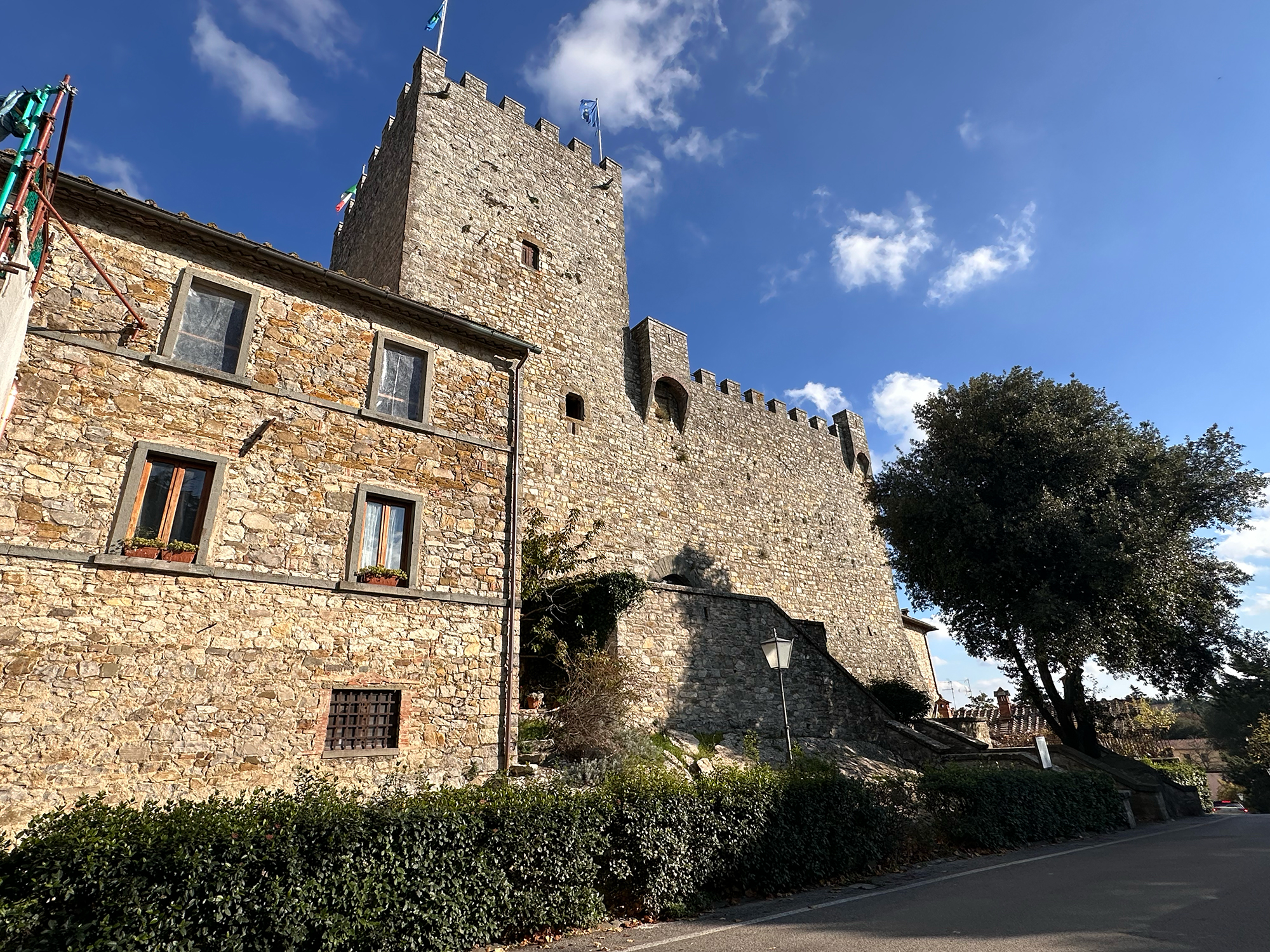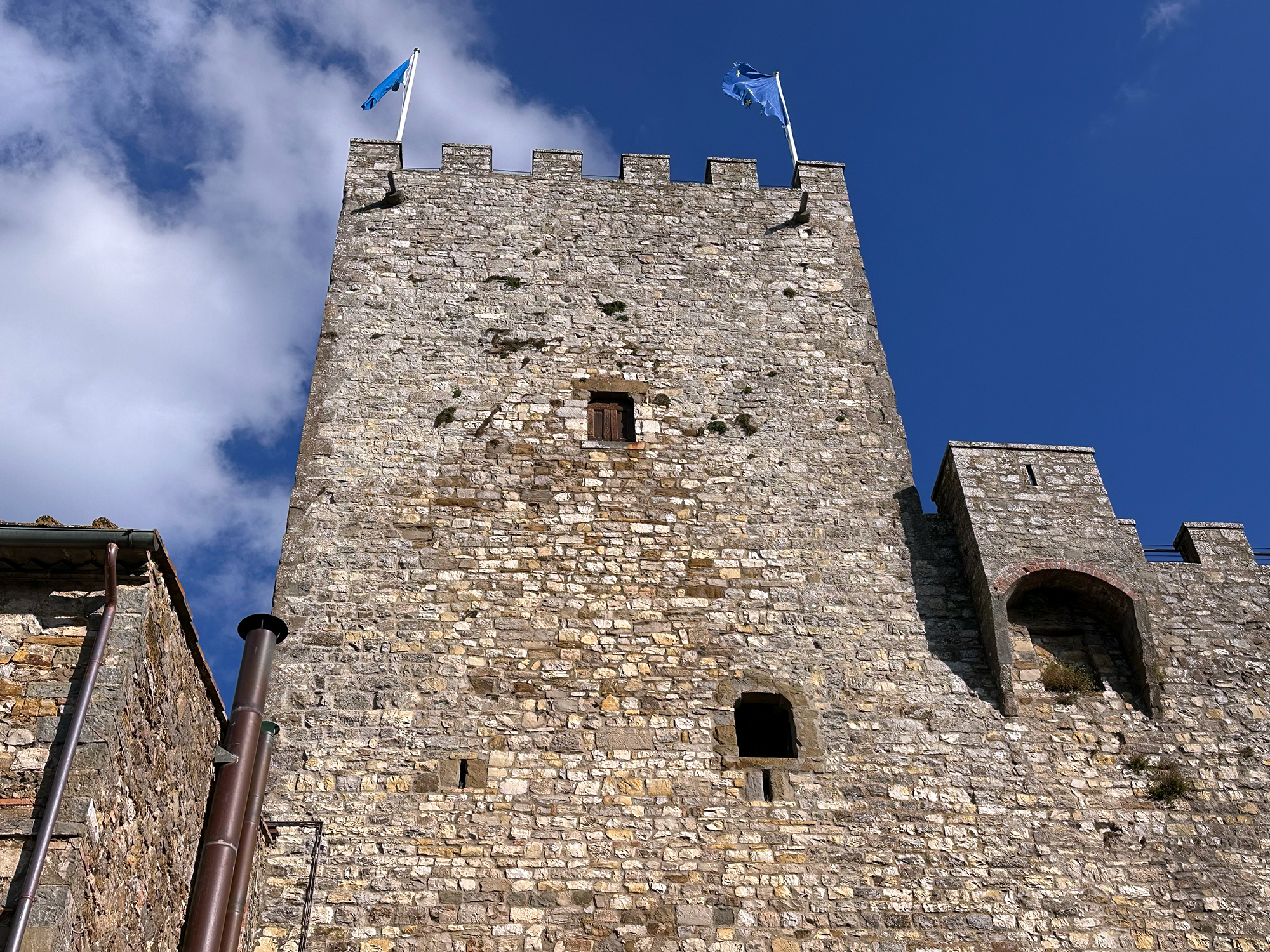













How to reach
Castellina in Chianti can be easily reached from the speedway Firenze-Siena going out for S.Donato and then following the indications .
History
This area of Chianti has been inhabited since ancient times. On the basis of recent excavations, it seems that an Etruscan settlement existed between Casa Vico and Salivolpe, a few hundred meters from the modern town of Castellina, a hypothesis confirmed by the discovery on the Montecalvario hill of four Ipogee graves from the 7th century B.C. Later, the zone was also a Roman center and was destroyed during the Gauls invasions.
The first documents of this settlement date back to the Middle Ages. In the 11th century, Castellina was recorded as a dependence of the nearby Trebbia Castle (nowadays corresponding to the locality of Trebbia in the district of Radda in Chianti) that was under the control of the Counts of the Guidi family, to which is owed the construction of the original nucleus of the fortification. At this time, the settlement was known as 'Castellina de' Trebbiesi'.
Already in 1193, the castle, thanks to an agreement signed by the Trebbiesi, was garrisoned by the Florentine army, and at the mid-12th century, Castellina joined the 'Chianti League' and subsequently became the chief town of one of the three 'terzieri' (parts; the other two had as chief towns Radda and Gaiole) in which the League was divided.
The territory of the Chianti was for the whole Middle Age theater of battles and struggles between the two powerful city-states of Florence and Siena. Castellina, under the dominion of one of the main roads of communication between the two cities, was one of the most advanced Florentine strongholds and became strategically very important. In 1397, the castle was destroyed by the troops of the Duke of Milan, allied with the Senesi.
A few years later, in 1400, the Florentine Republic decided to strengthen the defenses of the town with the construction of more wide and thick town walls, having the form of an irregular hexagon alternated by numerous square towers, gifted of two gates, and crowned, at the highest point of the inhabited area, by a mighty rectangular Keep with crenelated walls.
In our days, a large part of the town walls, towers, and gate still remain (although at more points enclosed in modern houses). On the northern side of the walled enclosure, the leaning of the houses against the walls has given origin to a particular "sotterranea" (underground) street, the so called "volte" (vaults).
The Keep, constituted by two different parts, with a square shape and different heights, joined together with its high curtains, is in perfect condition. Thanks to an accurate restoration carried out at the beginning of the century, it is now the seat of the town municipality. The lower part encloses the inner ward; the highest is the real keep with a beautiful vaulted hall inside.
This powerful fortification had the baptism of fire in the year 1452, withstanding for 44 days the siege of the Duke of Calabria army. It seems that for that time the fortifications were again strengthened by the big Medicean architect, Giuliano da Sangallo.
Despite this, in 1478, the castle capitulated to the attack of the Aragonese army and, as with the nearby castles, was sacked and destroyed. In 1483, Castellina definitely returned under Florentine control. In 1774, the Chianti League was abolished, but the territory of the new 'Community of Castellina', born with the reforms wanted by the Granduca Pietro Leopoldo, coincided almost perfectly with the ancient 'Terziere'. The actual common is today in province of Siena.
Photo by Michele Busillo